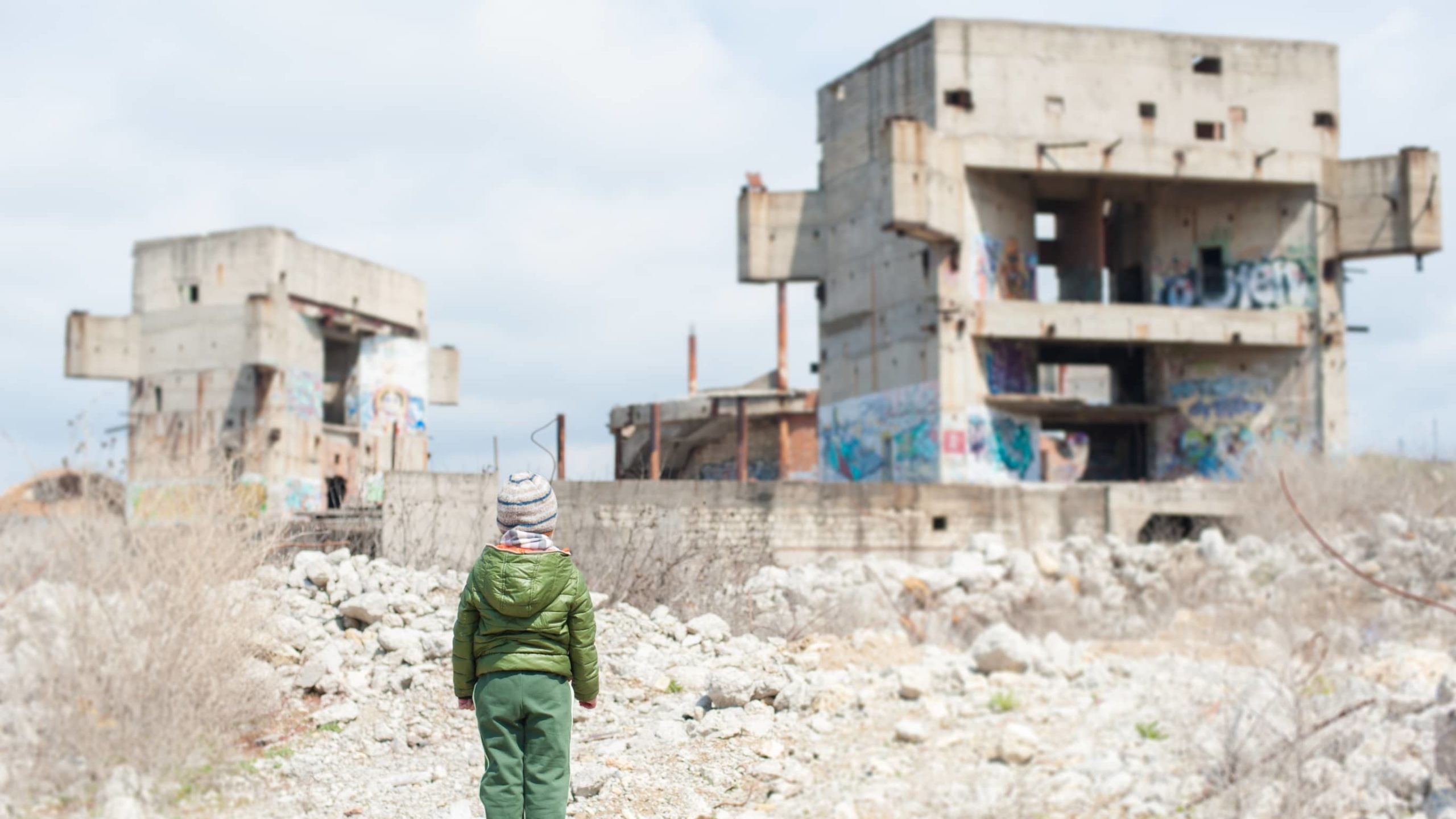We are committed to providing a proportion of funding to respond to emergencies, such as natural disasters and refugee crises.
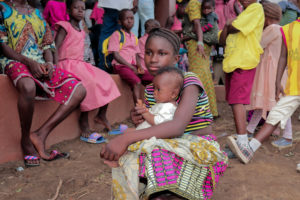 When a natural disaster or conflict occurs, education is often the first service to be suspended during emergencies and the last to be restored. Our goal is to work with our NGO partners to rebuild schools in disaster areas following for example an earthquake, or to expand the number of schools in areas where there is a refugee crisis.
When a natural disaster or conflict occurs, education is often the first service to be suspended during emergencies and the last to be restored. Our goal is to work with our NGO partners to rebuild schools in disaster areas following for example an earthquake, or to expand the number of schools in areas where there is a refugee crisis.
Emergency events can cause children to lose their loved ones, homes, access to safe drinking water, health care, safety and food. Absentee rates rise among children because they are either scared, sick, injured or displaced. The risks for adolescent girls become greater due to their increased vulnerability. Girls have briefer opportunities to return to school after an disaster before they can be forced into other paths, such as marriage or work. The effects from these events can cause children to suffer from extreme trauma and bereavement.

Conflict increases the likelihood of children becoming involved in the military, workforce, or marriage.

Approximately only ½ of refugee children attend primary school

Girls are 2.5 times more likely to be out of school in conflict affected areas
Without education, these children risk losing their futures. Schools protect children from physical dangers, such as abuse and exploitation. It can also give psychological support, offering stable routines that help children cope with distress. Parents and children in crisis consistently state that education is a top priority. Projects seeded through our emergency response program may develop into longer term initiatives dependent upon the success of the programs and continuing need.
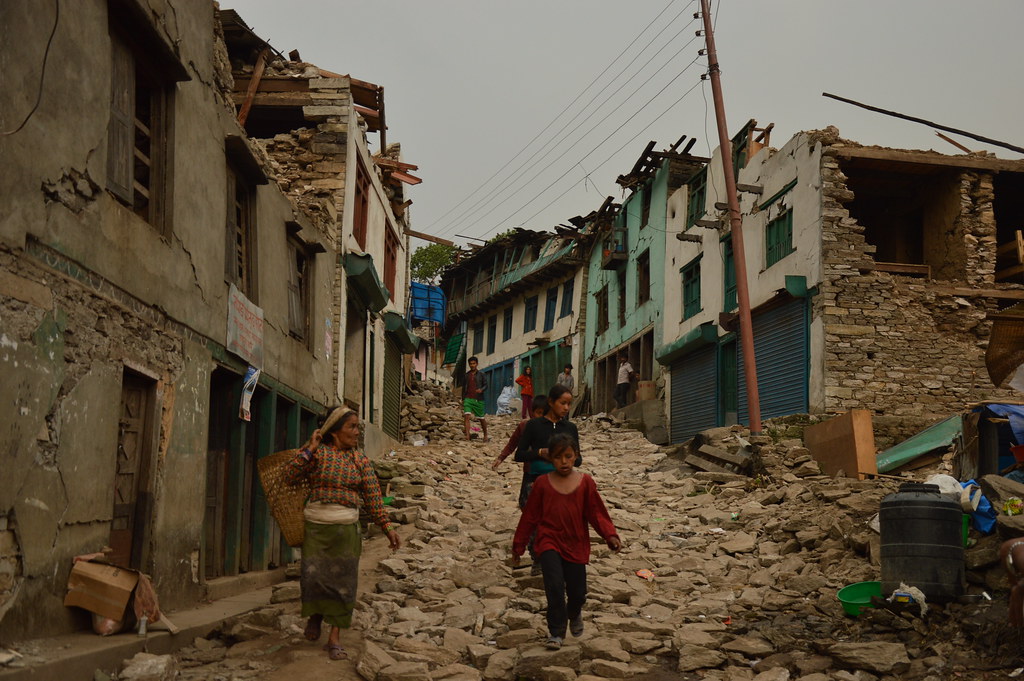
Natural Disasters
In 2015 devastating earthquakes in Nepal disrupted the schooling of approximately four million children. The earthquakes also displaced thousands of children and families from their homes and schools. As part of the response our NGO partner in Nepal helped rebuild 120 schools, expanded the construction of learning centres in other districts, and distributed education materials to 50,000 children.
Conflict and Crisis
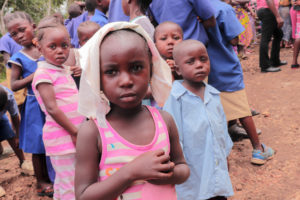 Across the world’s poorest countries, conflict and crisis continue to destroy. It negatively affects the education of 80 million children worldwide. Often, children do not go to school and research has shown that the longer children stay out of school in these situations, the less likely they are to return. Conflicts can cause the death or displacement of teachers and students, the destruction of educational infrastructures, children security issues, child recruitment in the military, child marriages, and existing marginalization in society to intensify. Education is every child’s right, and school not only provides a place for a child to learn, it also provides protection for those whose lives have been displaced.
Across the world’s poorest countries, conflict and crisis continue to destroy. It negatively affects the education of 80 million children worldwide. Often, children do not go to school and research has shown that the longer children stay out of school in these situations, the less likely they are to return. Conflicts can cause the death or displacement of teachers and students, the destruction of educational infrastructures, children security issues, child recruitment in the military, child marriages, and existing marginalization in society to intensify. Education is every child’s right, and school not only provides a place for a child to learn, it also provides protection for those whose lives have been displaced.
The Refugee Crisis
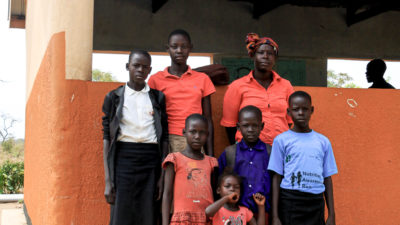 One of the largest refugee crises is currently happening in Northern Uganda. Two million people have fled South Sudan and over a million of them have moved to Uganda. There is a desperate need for the construction of additional schools, teachers from local communities and educational continuity to accommodate the rising population of children whose lives have been turned upside down.
One of the largest refugee crises is currently happening in Northern Uganda. Two million people have fled South Sudan and over a million of them have moved to Uganda. There is a desperate need for the construction of additional schools, teachers from local communities and educational continuity to accommodate the rising population of children whose lives have been turned upside down.
Learn more about the refugee crisis in Uganda and the projects we are doing.
some statistics via UNICEF
